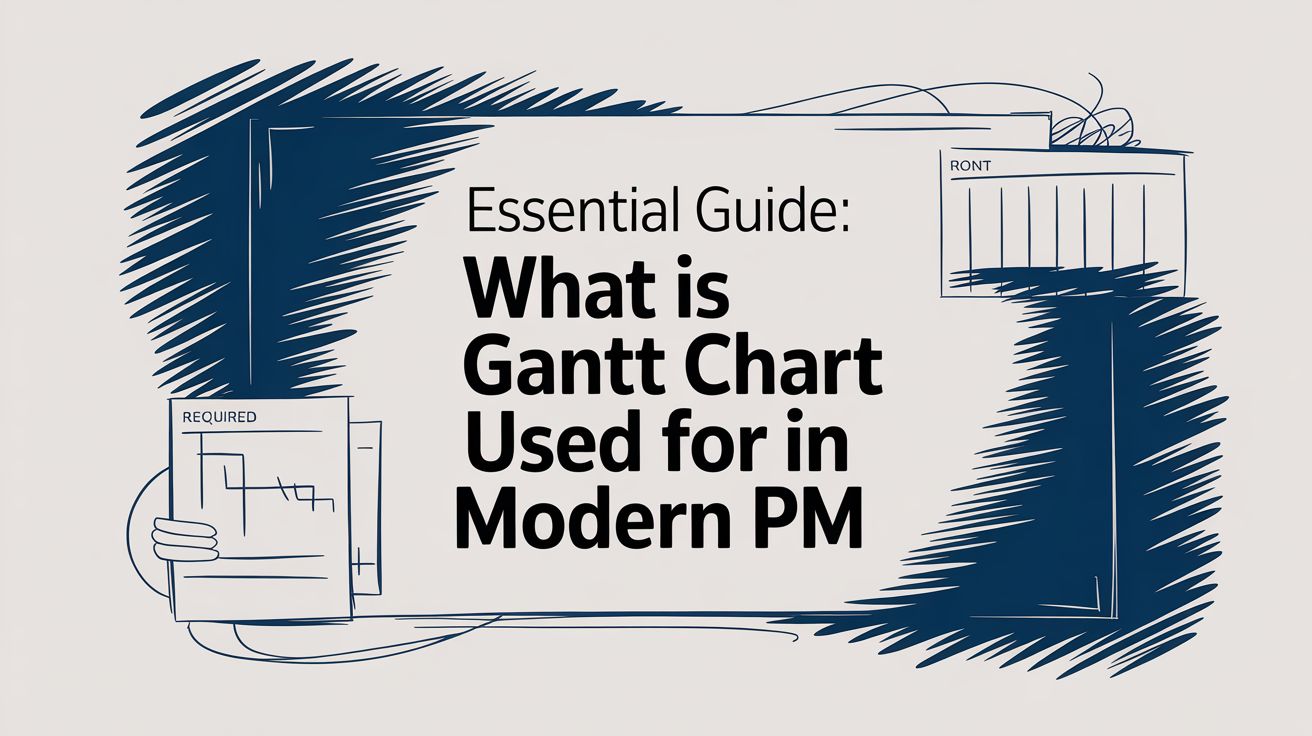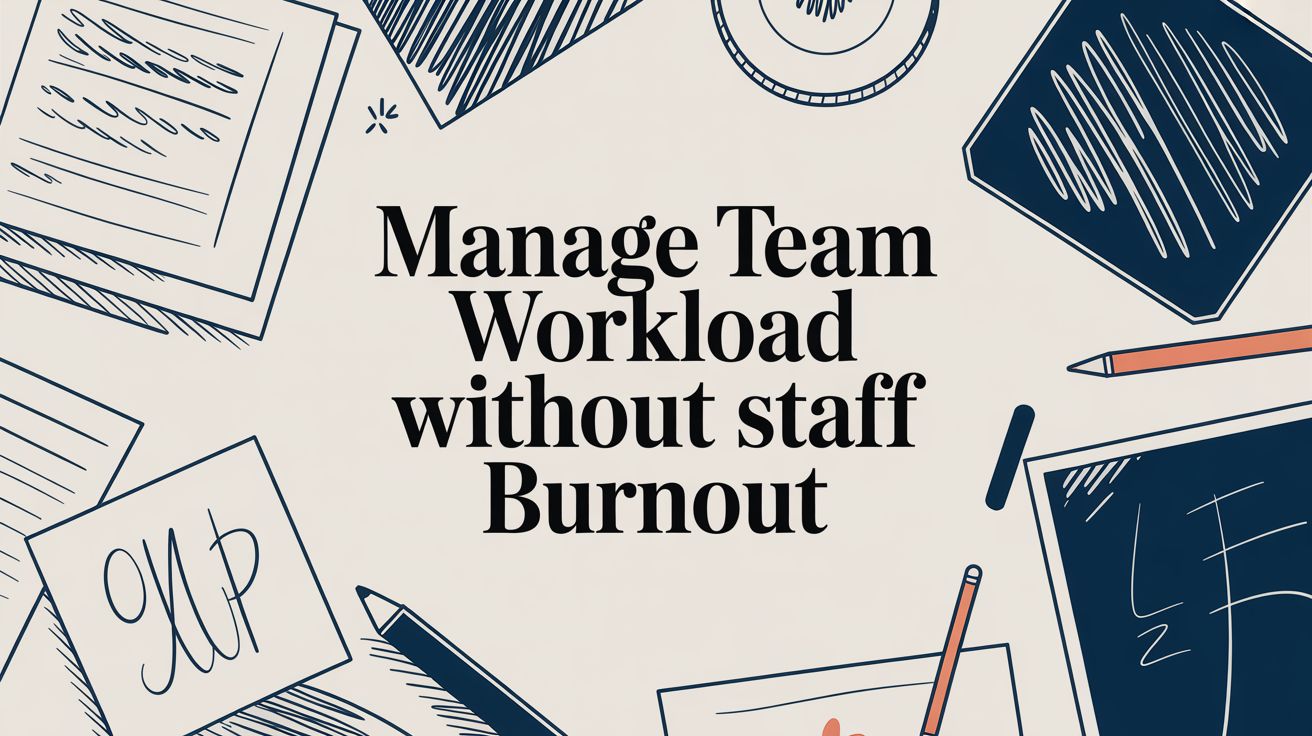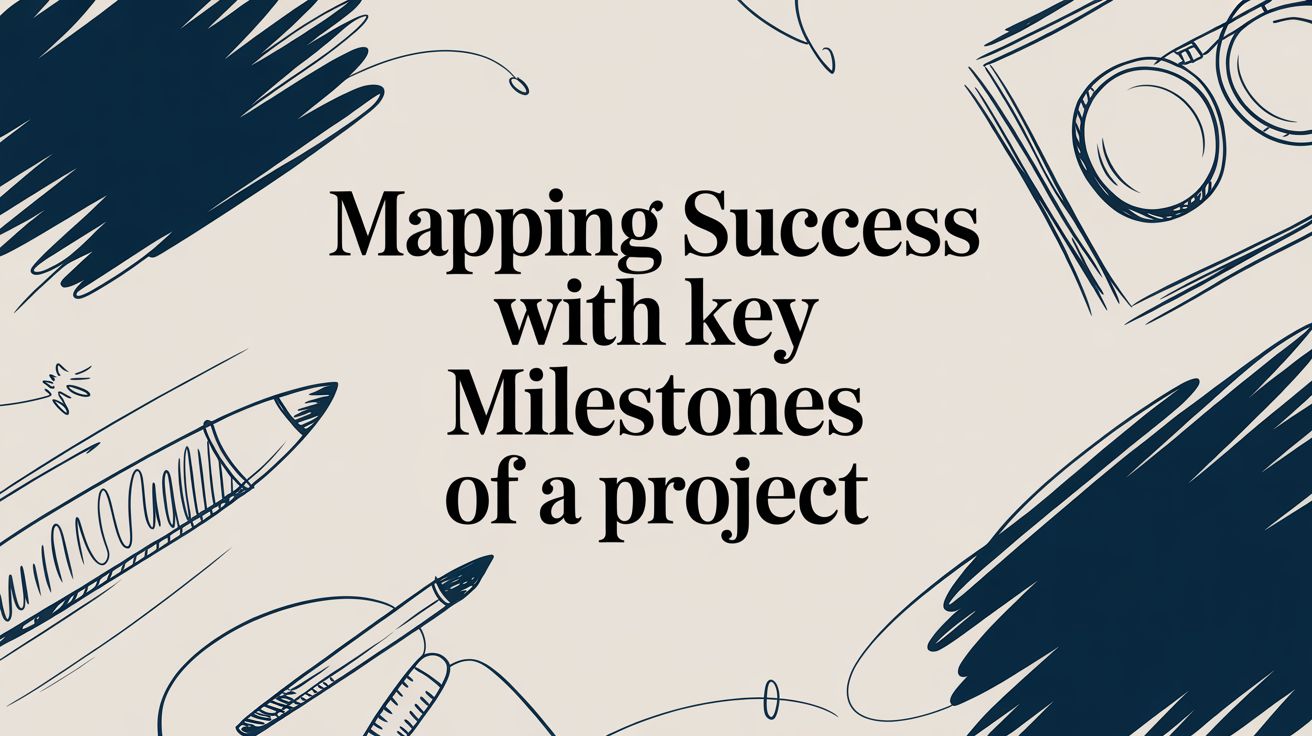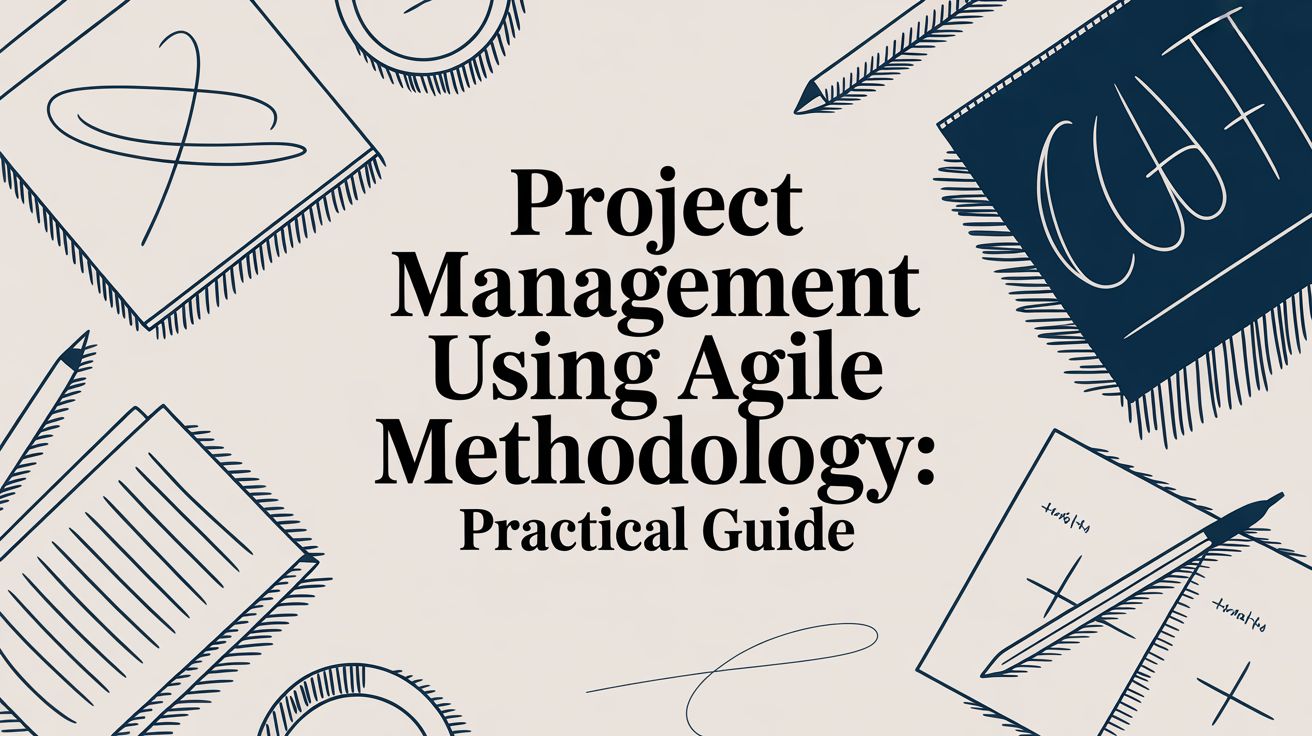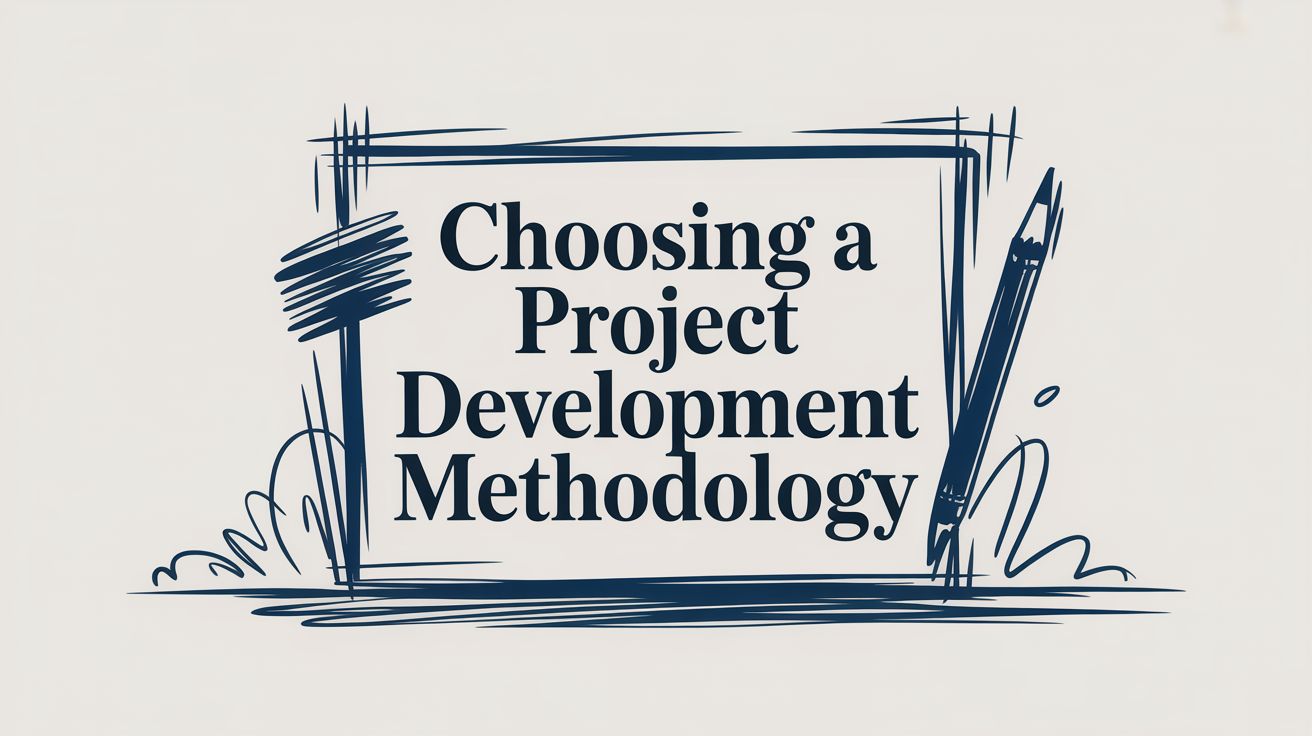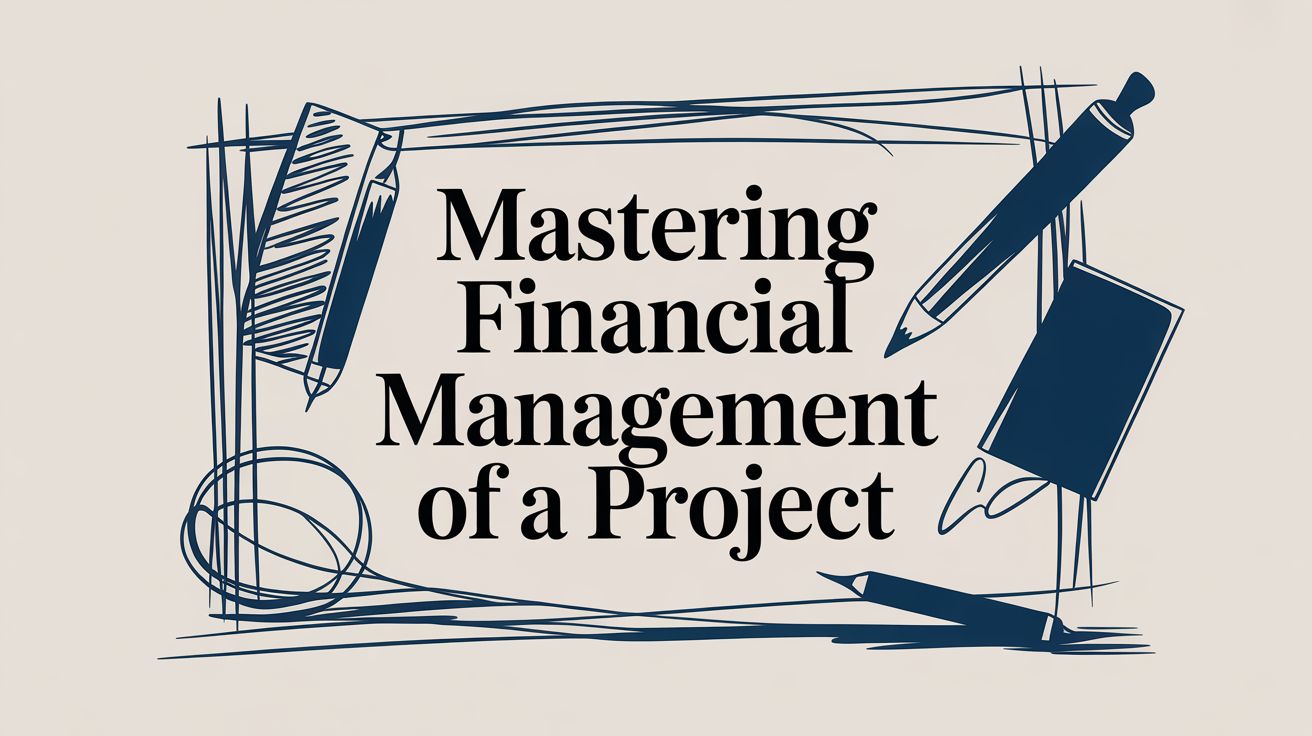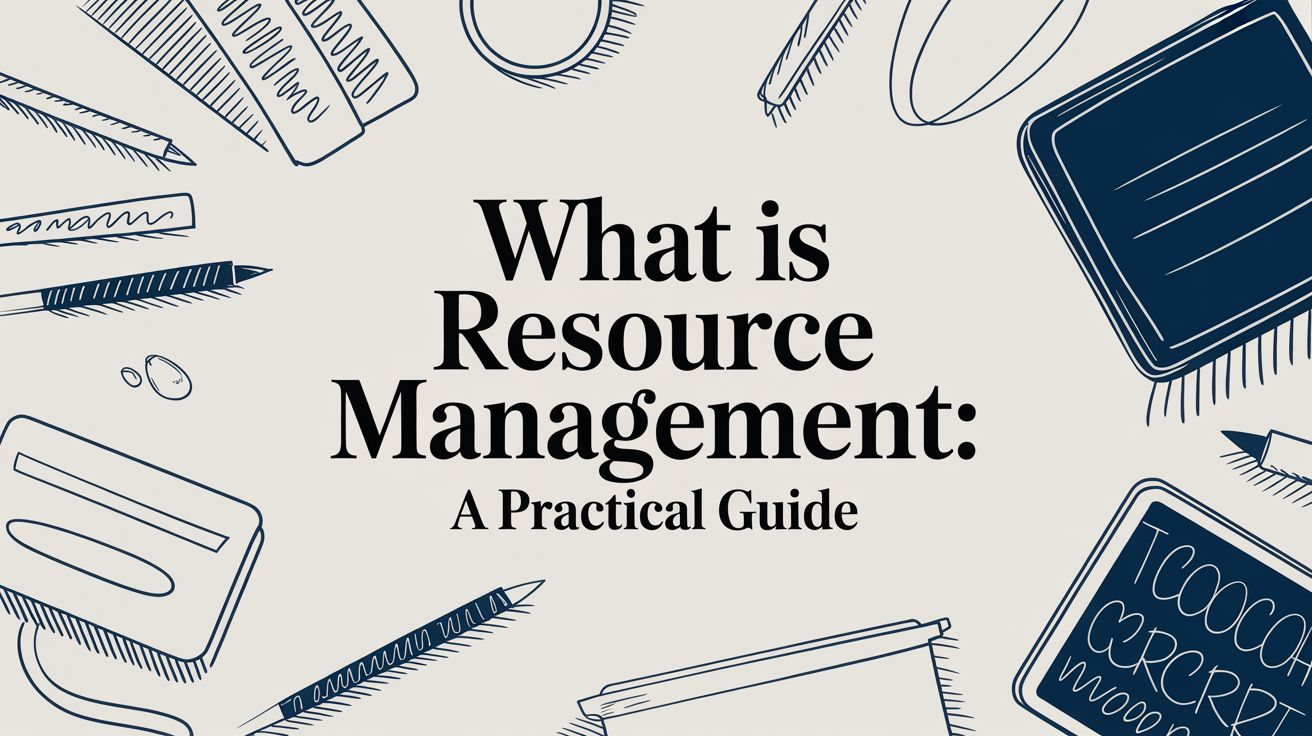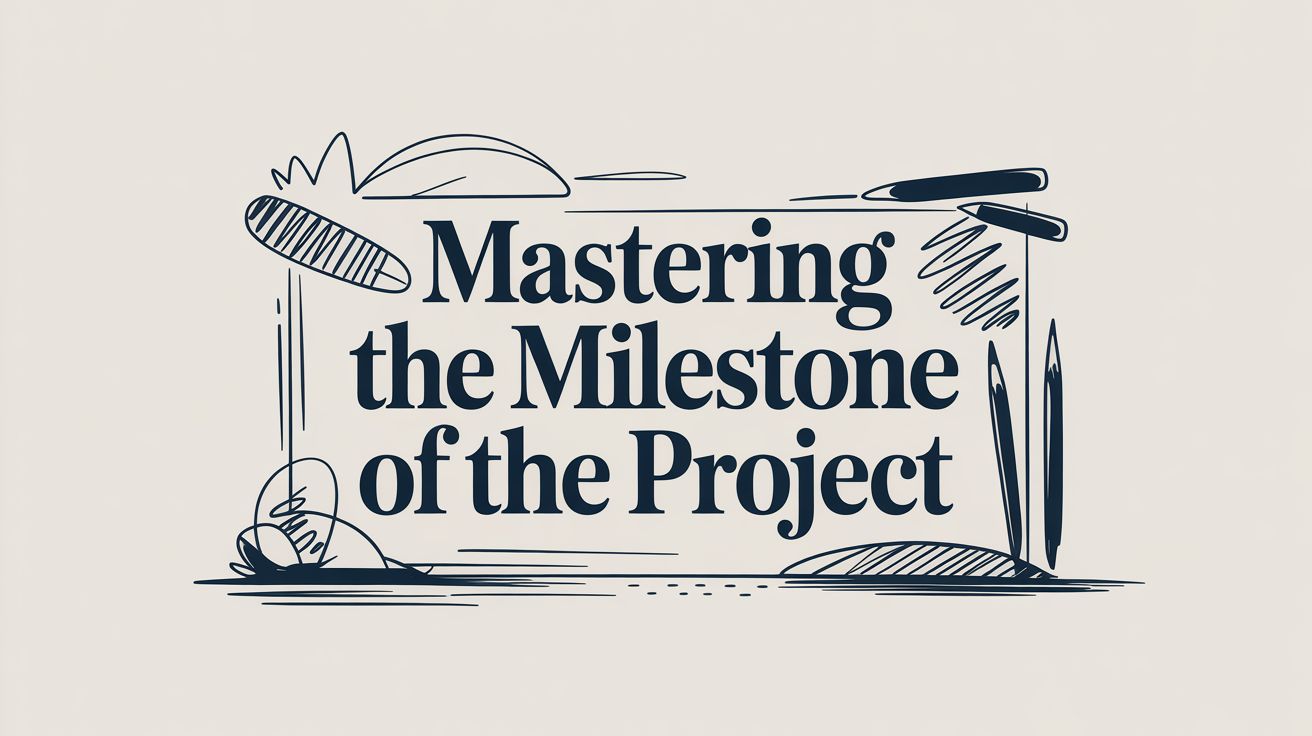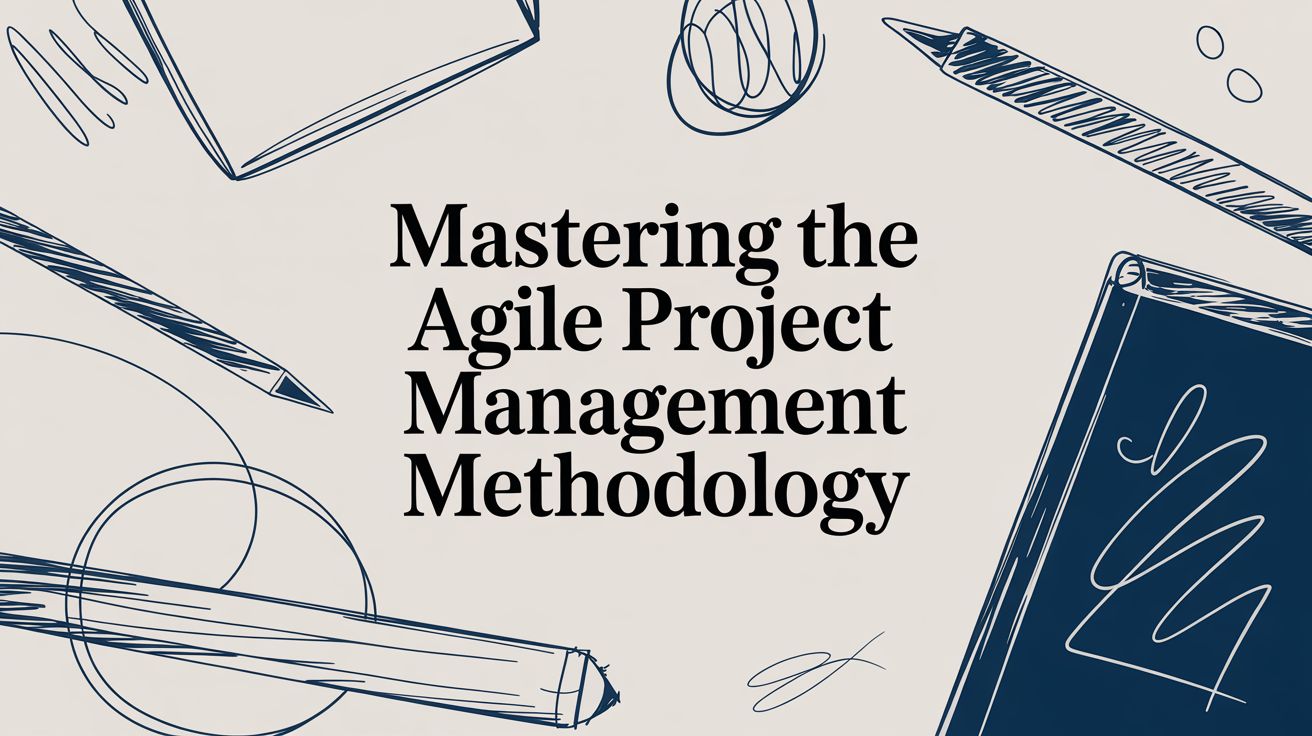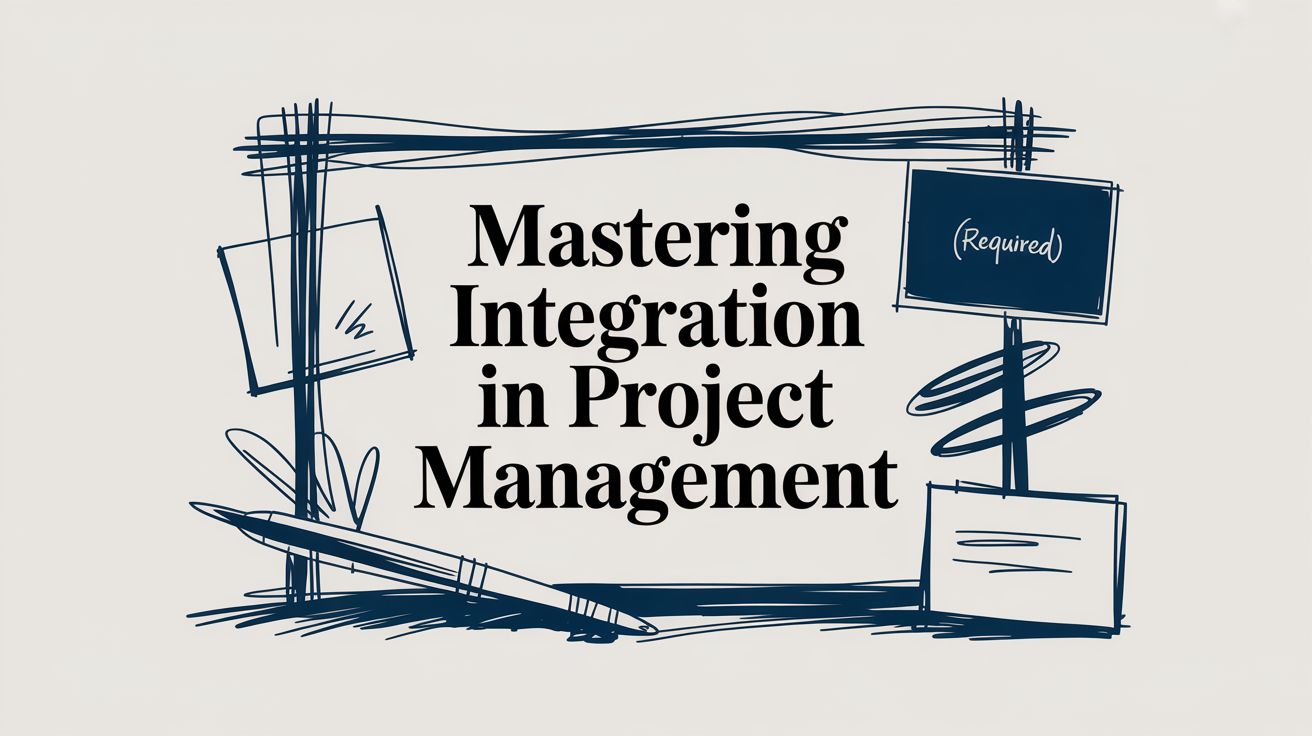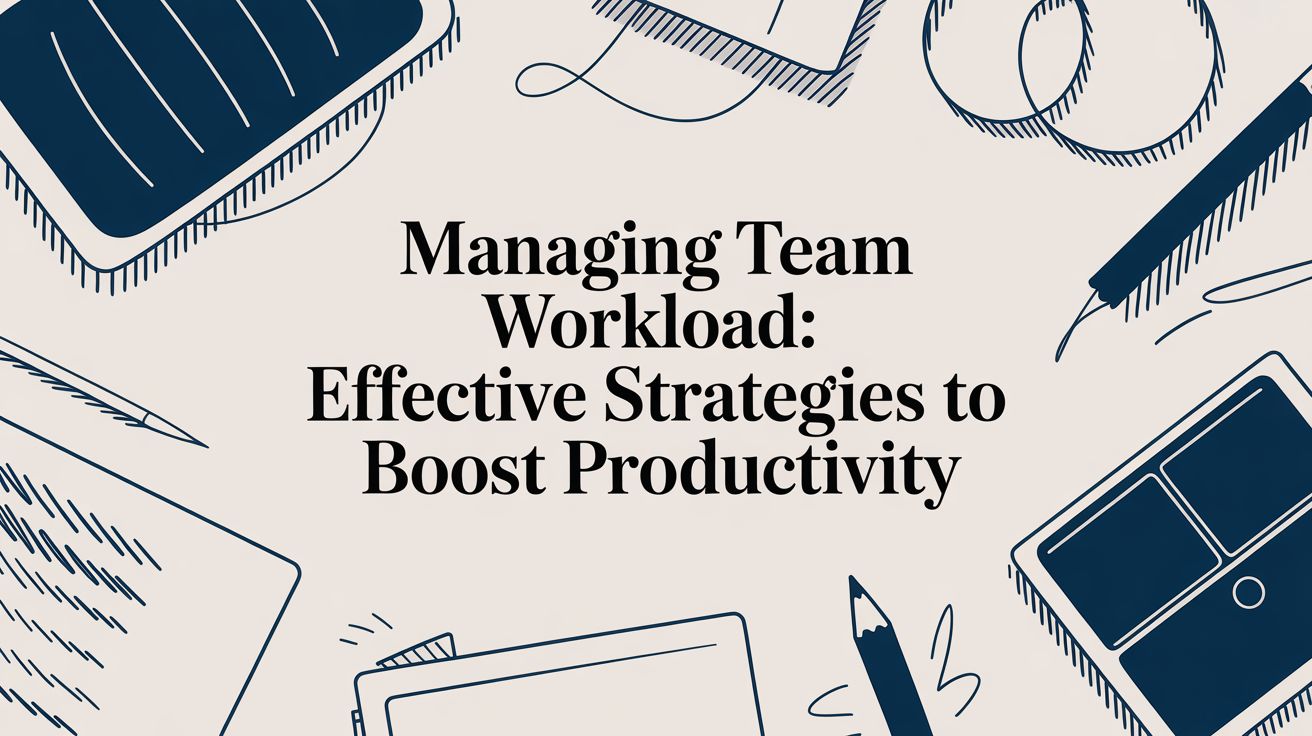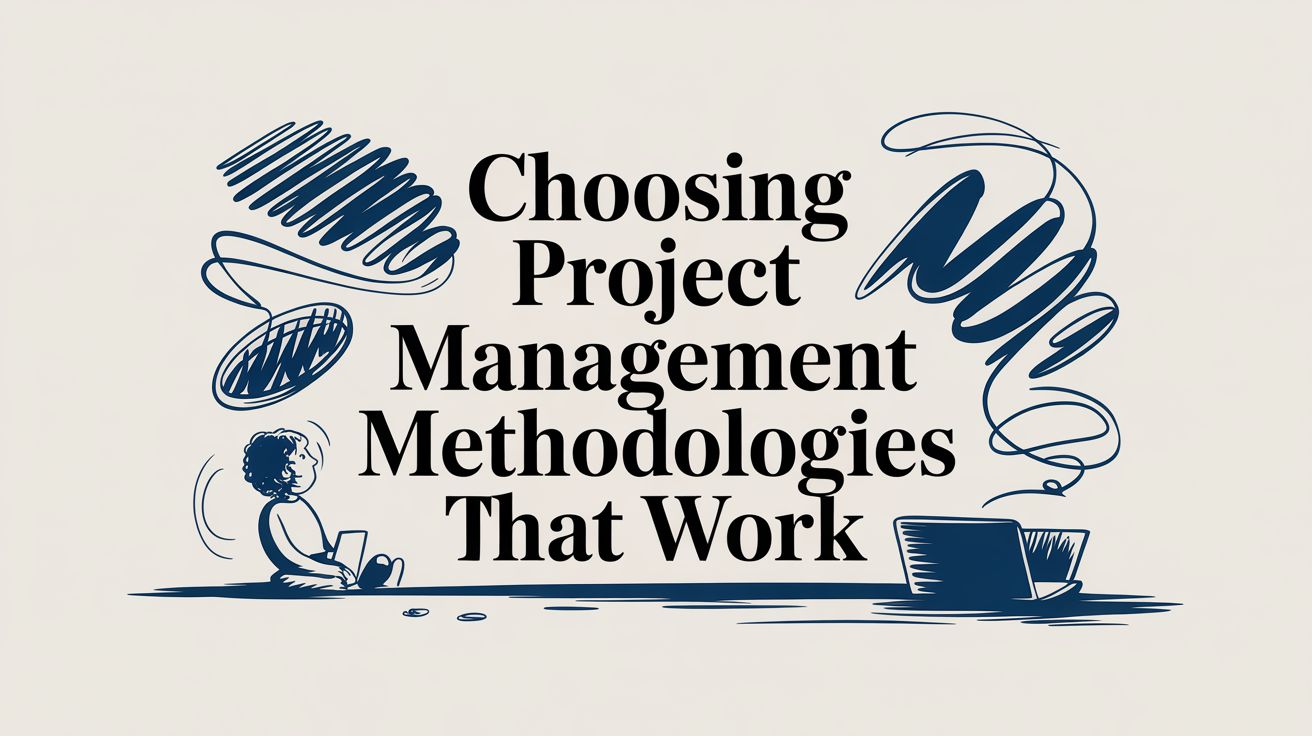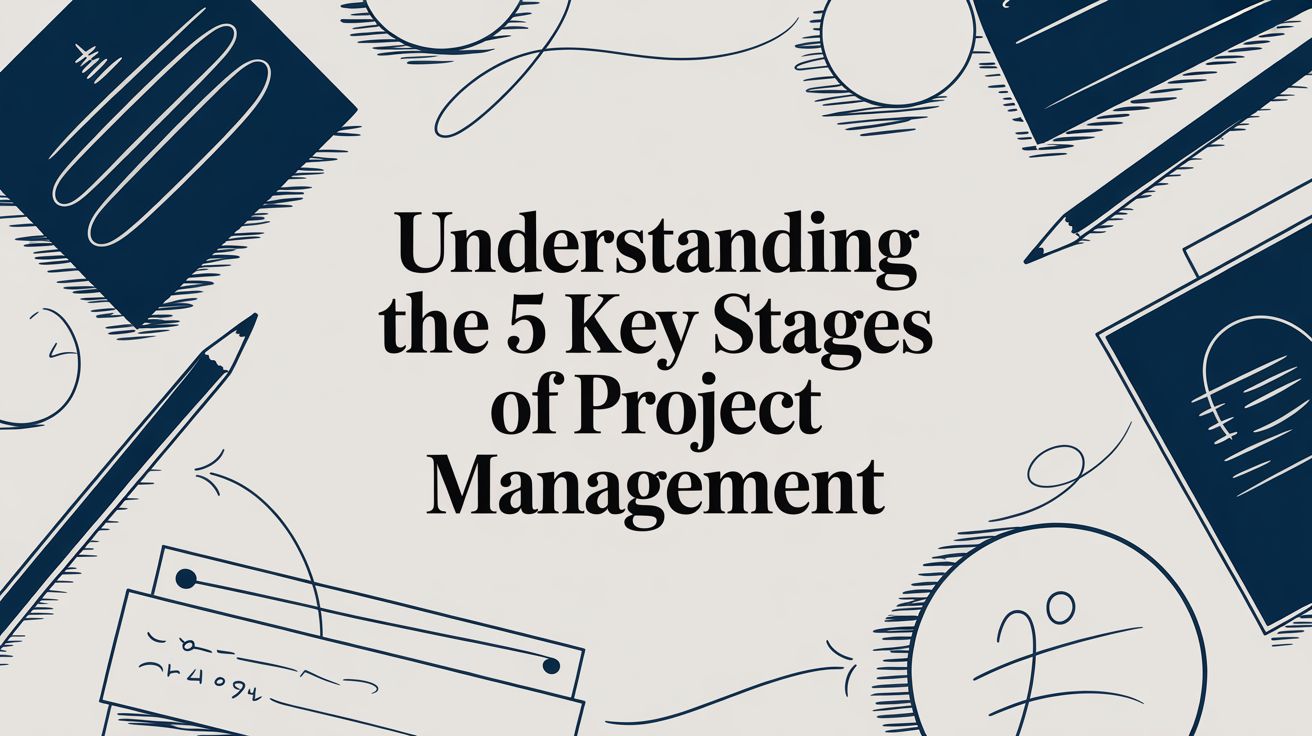How to Optimize Administrative Processes in Media Project Management
Administrative work in media projects is often complex. It involves many moving parts, tight deadlines, and coordination between creative and technical teams.
Media production environments—especially post-production—rely on accurate planning, timely communication, and detailed documentation. These tasks are essential, but they also add to hidden workload that can delay delivery and increase costs.
Understanding where time is spent and what tasks are involved is the first step toward improving workflows. This article provides a structured breakdown of administrative overhead in media projects and how it can be reduced.
What Is Administrative Overhead In Media Projects
Administrative overhead refers to the internal tasks and processes required to manage a media project that don't directly create content. While these tasks support the workflow, they aren't the hands-on editing, sound design, or visual effects work that appears in the final product.
Media projects have unique administrative challenges. Production timelines often change, teams form and dissolve for each project, and coordination happens across multiple departments and external partners. This creates more paperwork, emails, and meetings than in many other industries.
Common administrative tasks in post-production include:
- Scheduling edit sessions
- Tracking budget changes
- Managing file versions
- Coordinating client feedback
- Booking equipment and facilities
These activities often happen through disconnected tools like emails, spreadsheets, and chat messages, which increases the time spent managing rather than creating.
Why Reducing Overhead Costs Matters For Post-Production
In post-production, administrative overhead takes time away from creative work. When producers and editors spend hours on scheduling, budget tracking, and file management, it leaves less time for the actual editing and storytelling.
The media industry faces constant pressure to deliver projects faster while maintaining quality. Administrative tasks can consume up to 30% of a team's time on typical projects – time that could be spent refining the final product.
By reducing administrative overhead, teams can:
- Meet tighter deadlines: Less time spent coordinating means faster project completion
- Improve budget efficiency: Better resource tracking helps avoid unexpected costs
- Enhance creative focus: When administrative burdens decrease, creative energy increases
- Respond to changes faster: Streamlined processes make it easier to adapt to client requests

How To Conduct An Internal Audit Of Administrative Processes
Before making changes, it helps to understand where administrative time is currently being spent. An internal audit creates a clear picture of existing workflows and identifies opportunities for improvement.
Start by tracking how much time different team members spend on administrative tasks versus creative work. Use simple time-tracking tools or even paper logs to collect this data over a few weeks. Look for patterns – are certain days or project phases especially admin-heavy?
Next, map out your current workflows. Draw a simple diagram showing how projects move from kickoff to delivery, including all the administrative steps along the way. Note where information gets transferred between different people or systems.
Document all the communication channels your team uses. Count how many different tools (email, chat, project management software) are involved in a typical project. More tools often mean more time spent switching between systems.
Finally, talk to your team. Ask questions like:
- What administrative tasks take the most time?
- Where do you notice information getting lost or duplicated?
- Which tools help you work efficiently, and which ones slow you down?
This feedback often reveals pain points that aren't visible in the process maps.
Automation Strategies To Reduce Manual Workflow
Automation can significantly reduce administrative overhead in media projects. The goal is to identify repetitive tasks that follow predictable patterns and let software handle them automatically.
Look for tasks that happen frequently and don't require creative decisions. Good candidates for automation include:
- File transfers and conversions
- Status updates and notifications
- Resource booking
- Invoice generation
- Report creation
For example, instead of manually emailing status updates, an automated system can send notifications when project milestones are reached. Rather than manually booking edit suites, a scheduling system can handle reservations and prevent double-bookings.
When choosing project management tools for automation, look for options designed specifically for media workflows. These tools understand the unique needs of post-production and often include features like:
- Timeline views for tracking edit stages
- Asset management for media files
- Approval workflows for client feedback
- Resource scheduling for facilities and equipment
The best tools integrate with other systems your team already uses, creating a connected workflow where information flows automatically between different parts of the process.
Leveraging Technology To Streamline Resource Management
Managing resources—like edit suites, equipment, and team availability—takes significant administrative time in media projects. Technology can make this process more efficient.
Cloud-based solutions allow team members to access project information from anywhere. This is especially valuable when working with remote editors or clients in different locations. Instead of emailing files back and forth, everyone works from the same centralized system.
Visual dashboards provide a quick overview of project status, resource availability, and upcoming deadlines. These dashboards reduce the need for status meetings and update emails, as everyone can see the current situation at a glance.
Key metrics to track on dashboards include:
- Project completion percentage
- Upcoming deadlines
- Equipment availability
- Budget status
- Approval status
Resource booking systems help manage shared facilities like edit suites, recording studios, and equipment. These systems show availability in real-time, allow team members to make reservations, and prevent scheduling conflicts. Some systems can even suggest optimal scheduling based on project priorities and deadlines.

Eliminating Redundancy Through Centralized Planning
Information fragmentation is a major source of administrative overhead in media projects. When project details live in multiple places—like separate spreadsheets, email threads, and chat conversations—team members waste time looking for information and often end up with conflicting versions.
Centralized planning creates a single source of truth for all project information. Everything from schedules and budgets to client feedback and asset versions lives in one system that everyone can access.
This approach eliminates common redundancies in post-production:
- Duplicate data entry: Information only needs to be entered once
- Multiple file versions: Everyone works from the same current version
- Repeated status updates: Updates happen in one place and are visible to all
- Overlapping schedules: All bookings and assignments appear in one calendar
Standardized templates further reduce administrative work by providing consistent formats for project documentation. Instead of creating new documents from scratch for each project, teams use pre-built templates that ensure all necessary information is included.
Adapting Lean Principles To Media Project Management
Lean methodology focuses on eliminating waste and maximizing value. Though originally developed for manufacturing, these principles work well in media production.
The core idea is simple: identify steps in your workflow that don't add value to the final product and find ways to reduce or eliminate them. In post-production, this might include excessive approval layers, unnecessary meetings, or redundant quality checks.
Lean identifies seven types of waste that appear in administrative processes:
- Overproduction: Creating reports no one reads or sending updates too frequently
- Waiting: Delays while waiting for approvals or information
- Transportation: Moving files between systems unnecessarily
- Overprocessing: Adding extra steps that don't improve quality
- Inventory: Keeping unused assets or outdated templates
- Motion: Excessive searching for files or switching between tools
- Defects: Errors that require rework, like incorrect exports
By identifying these wastes in your workflow, you can develop targeted improvements. For example, if teams spend too much time waiting for approvals, you might implement an automated approval system that notifies the right people at the right time.
Outsourcing And Vendor Reviews For Cost Optimization
Some administrative tasks can be handled more efficiently by specialized external providers. Outsourcing non-core functions allows your team to focus on creative work while still ensuring administrative needs are met.
First, identify which tasks are core to your creative process and which are supportive but not central. Core tasks typically require specialized media knowledge and directly impact creative quality. Non-core tasks follow standard processes and could potentially be handled externally.
Common administrative functions that media companies outsource include:
- Payroll processing
- Equipment maintenance
- IT support
- Basic file management
- Transcription services
Regularly review existing vendor relationships to ensure they're providing good value. Look for opportunities to consolidate services with fewer vendors, which can reduce administrative overhead related to contract management and vendor communication.
When negotiating with vendors, focus on finding terms that reduce your administrative burden. For example, simplified billing processes, longer contract terms, or integrated reporting can all save administrative time.
Tracking And Sustaining Long-Term Overhead Reductions
To maintain improvements in administrative efficiency, it's important to track progress over time. Start by establishing baseline measurements before making changes, then monitor key metrics to see if your efforts are working.
Useful metrics for tracking administrative overhead include:
- Admin-to-creative ratio: The percentage of time spent on administrative versus creative tasks
- Project turnaround time: How long projects take from start to finish
- Budget accuracy: How closely actual costs match estimates
- Resource utilization: How efficiently equipment and facilities are used
- Team satisfaction: How team members feel about their administrative workload
Regular check-ins help ensure that improvements stick. Schedule quarterly reviews to assess what's working well and what needs adjustment. Involve team members in these discussions to gather insights from those doing the daily work.
Moving Forward With AI-Ready Scheduling
The future of administrative efficiency in media projects lies in AI-ready scheduling systems. These advanced tools go beyond basic automation by learning from patterns in your workflow and making intelligent suggestions.
AI-ready scheduling uses structured data about your projects, resources, and team to optimize planning. Unlike traditional scheduling tools that simply execute rules, AI systems can recognize patterns, predict potential issues, and suggest solutions.
For example, an AI-ready system might notice that certain types of projects typically take longer than estimated and automatically adjust future schedules. Or it might recognize that specific team combinations work more efficiently together and suggest optimal crew assignments.
freispace was built as an AI-ready scheduling solution for post-production. By centralizing project data and making it available through APIs, freispace enables smart automations that further reduce administrative overhead. The system continuously learns from your workflow patterns to make increasingly accurate predictions and suggestions.
Forward-thinking studios are already implementing these solutions to stay competitive in an industry where efficiency matters. By reducing administrative overhead through intelligent scheduling, these teams free up more time for the creative work that drives their success.
Ready to see how AI-ready scheduling can transform your administrative overhead? Book a demo.
Frequently Asked Questions About Reducing Administrative Overhead
What administrative tasks in post-production typically consume the most time?
Scheduling, file management, and client feedback coordination usually consume the most administrative time in post-production. These tasks involve multiple people and often require frequent updates as project details change.
How can small post-production teams reduce overhead without expensive software?
Small teams can reduce overhead by standardizing file naming, creating simple project templates, and establishing clear communication protocols. Even basic spreadsheet templates and free project management tools can significantly improve organization.
Will reducing administrative processes affect the quality control of media projects?
When implemented thoughtfully, streamlined administrative processes actually improve quality control by making information more accessible and reducing errors. The key is to simplify without eliminating important checkpoints.
How long does it typically take to implement new administrative workflows in a post-production environment?
Most post-production teams can implement basic workflow improvements in 2-4 weeks. More comprehensive changes, including new software adoption, typically take 2-3 months to fully integrate into daily operations.








